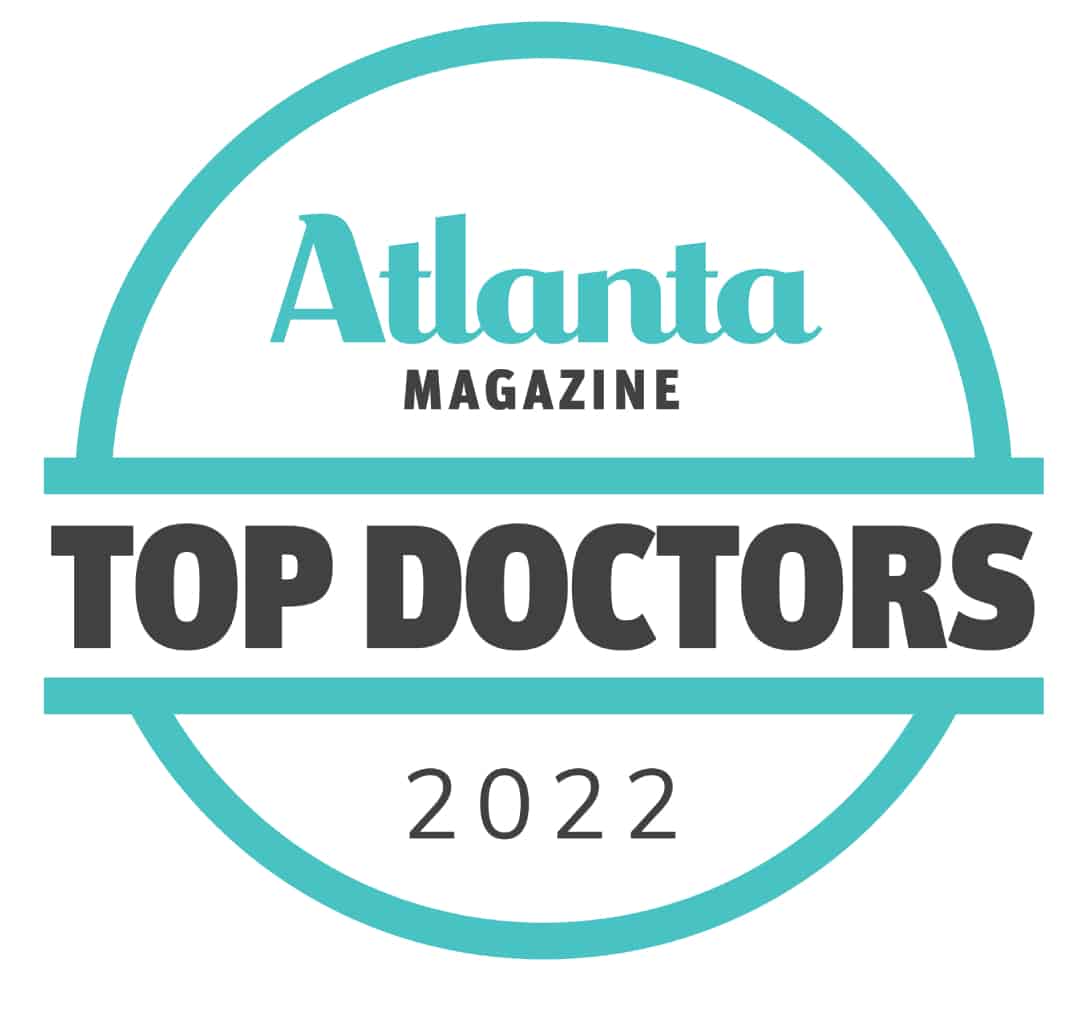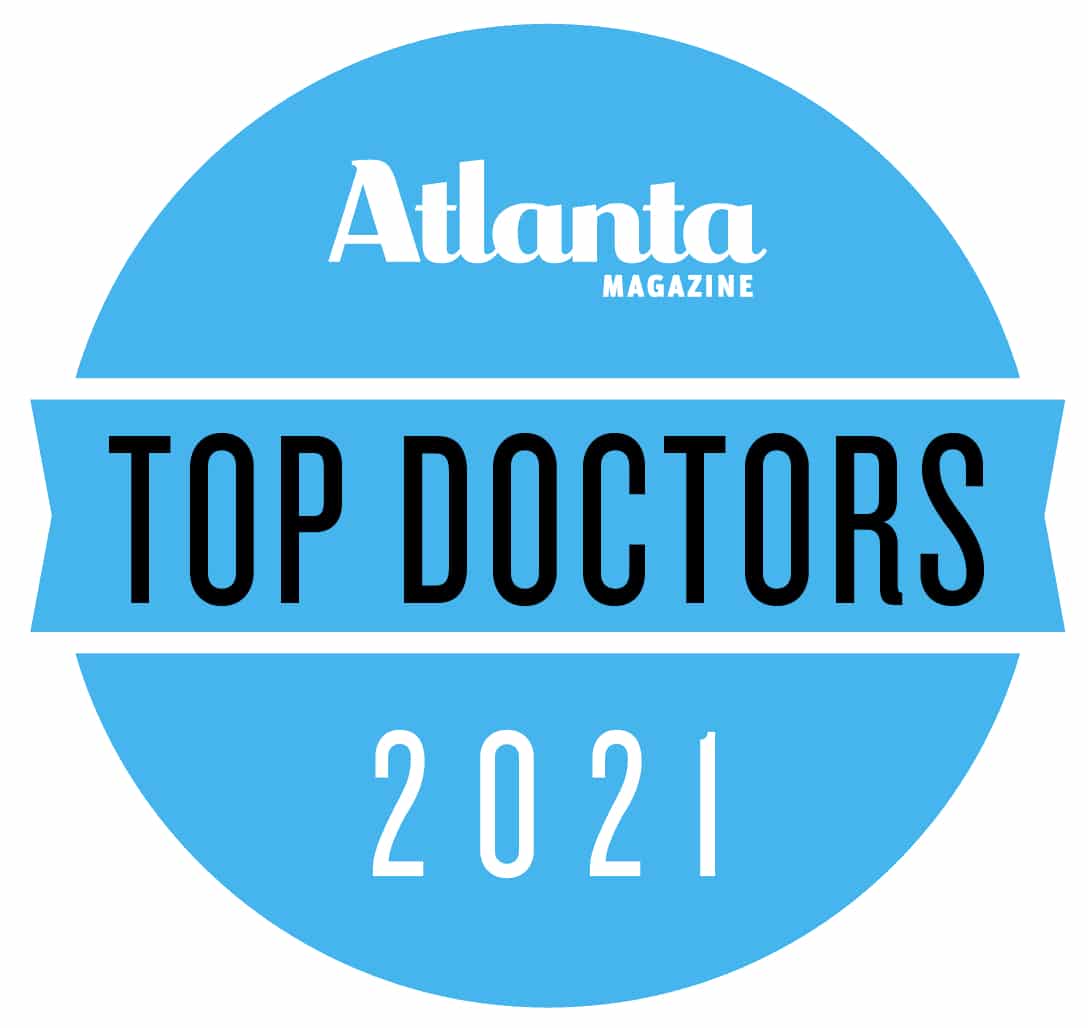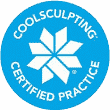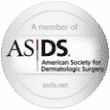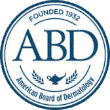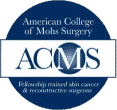Medical Dermatology
Moles
Moles, or the more proper medical term, nevi, are benign pigmented lesions that range in color from clear to red or pink as well as tan, brown, and black. Although the vast majority of nevi are harmless, some may develop into cancer and are lesions that dermatologists take very seriously. Moles exhibiting any of the following warning signs should be examined by a professional
- Larger than 6 mm
- Itching or bleeding
- Change in color, size, or shape
If you have a personal or family history of abnormal moles or melanoma, you should be evaluated on a regular basis.
For additional information on Moles, go to www.webmd.com
How Are Treated?
The most common way to treat moles after examination is to remove them. We offer a variety of different ways to treat moles, depending on the kind of moles a patient has:
- Excision: Some moles can be removed with a blade, essentially shaving it off. If your mole is deeper in the skin, rather than on the surface, we can still remove the mole, but it may require a few stitches to close it.
- Freezing: Liquid nitrogen can be used to freeze the mole until it dies, resulting in it peeling or falling off in one to two weeks.
- Burning: Using a safe, electric current, moles can be burned off. Larger moles may require more than one treatment.
To read more about our treatment for Moles, click here.
Rosacea
Rosacea is a chronic skin disorder that results in redness and acne lesions on the face. Characteristically blackheads are absent. The scalp, neck, ears, chest, back and/or eyes may also be affected. Signs range from red pimples to larger nodules along with visible blood vessels. Many people find that the emotional effects of rosacea, such as low self-confidence and avoidance of social situations, are more difficult to handle than the physical ones. Most manifestations of rosacea can be effectively treated, producing gratifying results for the patients.
For additional information on Rosacea, go to: www.rosacea.org
How Is Rosacea Treated?
Rosacea can be treated through antibiotics or anti-acne medications. It can also be managed through self-care strategies such as eliminating factors that can cause rosacea flare-ups like stress. Maintaining a healthy diet can also help eliminate the manifestation of rosacea in the body. Topical treatments such as sunblock can also be used to treat this condition. If you suffer from scarring or hyperpigmentation from rosacea, you may consider using laser therapy to remove the skin imperfections left behind from rosacea flare-ups.
Seborrhea
Seborrhea is a chronic skin condition of unknown origin. It is characterized by redness and/or scaling, typically involving the central cheeks, the areas around the nose, the eyebrows, the area between the eyebrows, the backs of the ears, the chest, the ear canals, and the scalp. Dandruff is actually a mild form of seborrhea. Although there is no cure for this problem, the signs and symptoms can generally be controlled using a variety of topical preparations along with shampoos.
How Is Seborrhea Treated?
While factors such as stress, hormonal imbalances, and other underlying conditions can lead to seborrhea, it can also be treated through topical salutations such as prescribed shampoo that targets itch and scaling relief, or the use of a topical treatment that contains a corticosteroid to help reduce inflammation.
Skin Cancer
Skin cancer refers to the abnormal, uncontrolled growth of skin cells. One in five people will develop skin cancer in their lifetime, according to the American Academy of Dermatology. Risk factors include fair skin, family history, and repeated exposure to tanning beds or sun. Fortunately, skin cancer is almost always curable if detected and treated early.
The most common skin cancers are:
- Basal cell carcinoma – 80-85% of all skin cancers. Basal cell carcinoma affects cells in the lowest layer of the epidermis.
- Squamous cell carcinoma – 10% of all skin cancers. Squamous cell carcinoma affects cells in the middle layer of the epidermis.
- Melanoma – 5% of all skin cancers. Melanoma is less common but potentially very dangerous. It is the leading cause of death from skin disease.
Skin cancers vary in shape, color, size, and texture, so any new, changed or otherwise suspicious growths or rashes should be examined immediately by a physician. Early intervention is essential to preventing cancer from spreading.
How Is Skin Cancer Treated?
Treatment for skin cancer can vary depending on the type of cancer and its stage. The most common treatment for skin cancer is surgery. At Georgia Dermatology, we offer four types of surgeries to treat skin cancer:
- Electrodesiccation and curettage — This surgery involves removing the surface of the skin cancer with a scraping instrument known as a curette. This procedure is most beneficial to small, superficial cancers. This process removes lesions from the skin.
- Surgical excision — This involves cutting out the cancerous lesion with a scalpel, along with a margin of healthy skin around it. The sample is then sent to a lab to confirm that removal was successful.
- Cryosurgery — Spraying liquid nitrogen onto growths is the preferred method for removing precancerous actinic keratoses, but it can also be used on very thin basal cell and squamous cell carcinomas with little depth.
- Mohs surgery — This method has the highest success rate of removing all of the skin cancer. Your surgeon removes the cancer growth in expanding rings. After a ring is removed, it is examined immediately to check for any remaining cancer cells on the borders. If cancer cells are still found, another layer or ring is removed. This process is continued until the sample shows itself to be clean. This is especially effective for removing growths on the face, as only the minimum amount of tissue is removed.
To read more about our treatments for skin cancer, click here.
For additional information on Skin Cancer, go to www.skincancer.org or www.aad.org/public/diseases/skin-cancer
Skin Infections
The skin can become infected in a variety of ways and by a multitude of organisms. There are bacterial infections, viral infections, and fungal infections.
Typical bacterial infections might consist of impetigo or infected hair follicles as well as more serious conditions such as cellulitis. Viral infections of the skin include a number of childhood rashes as well as shingles or fever blisters. Fungal infections may show themselves as ringworm or jock itch along with fungal infections of the nails. MRSA, a resistant staph infection, has become more common and requires immediate attention by a physician.
How Are Skin Infections Treated?
The best way to treat skin infections, especially ones that are bacterial or fungal infections, is through antibiotics or antifungal medication. It’s important to communicate clearly about the types of symptoms you are experiencing as a result of your skin infection so your provider can best determine which type of prescribed medication can help you fight your infection.
Warts
Warts are skin growths caused by viruses. Different warts respond to different treatments. Some go away on their own. Salicylic acid products (in the form of drops, gels, pads, and bandages) can help the self-treatment of many warts by dissolving the keratin protein that makes up the wart and the dead skin above it. Others can be removed via liquid nitrogen freezing or electrical stimulation. Surgery may be recommended for painful or large warts that do not respond to these treatments.
How Are Warts Treated?
Some warts can be self-healing, but other times, warts may be persistent or even painful. In those cases, warts can be treated through prescribed medications that contain salicylic acid. These medications would remove layers of the wart at a slow rate to help it fall off the skin naturally. When combined with salicylic acid, the process of freezing or cryotherapy can eliminate warts fast. In cases where warts are causing pain or extreme discomfort, electrosurgery or laser surgery may be needed.


